Does bubble wrapping windows really work? Here's our verdict — plus other hacks to keep the heating off
The Homebuilding team has been inundated with 'hacks' to help homeowners keep the heating off for longer this winter — we gave some a trial. Here's our verdict
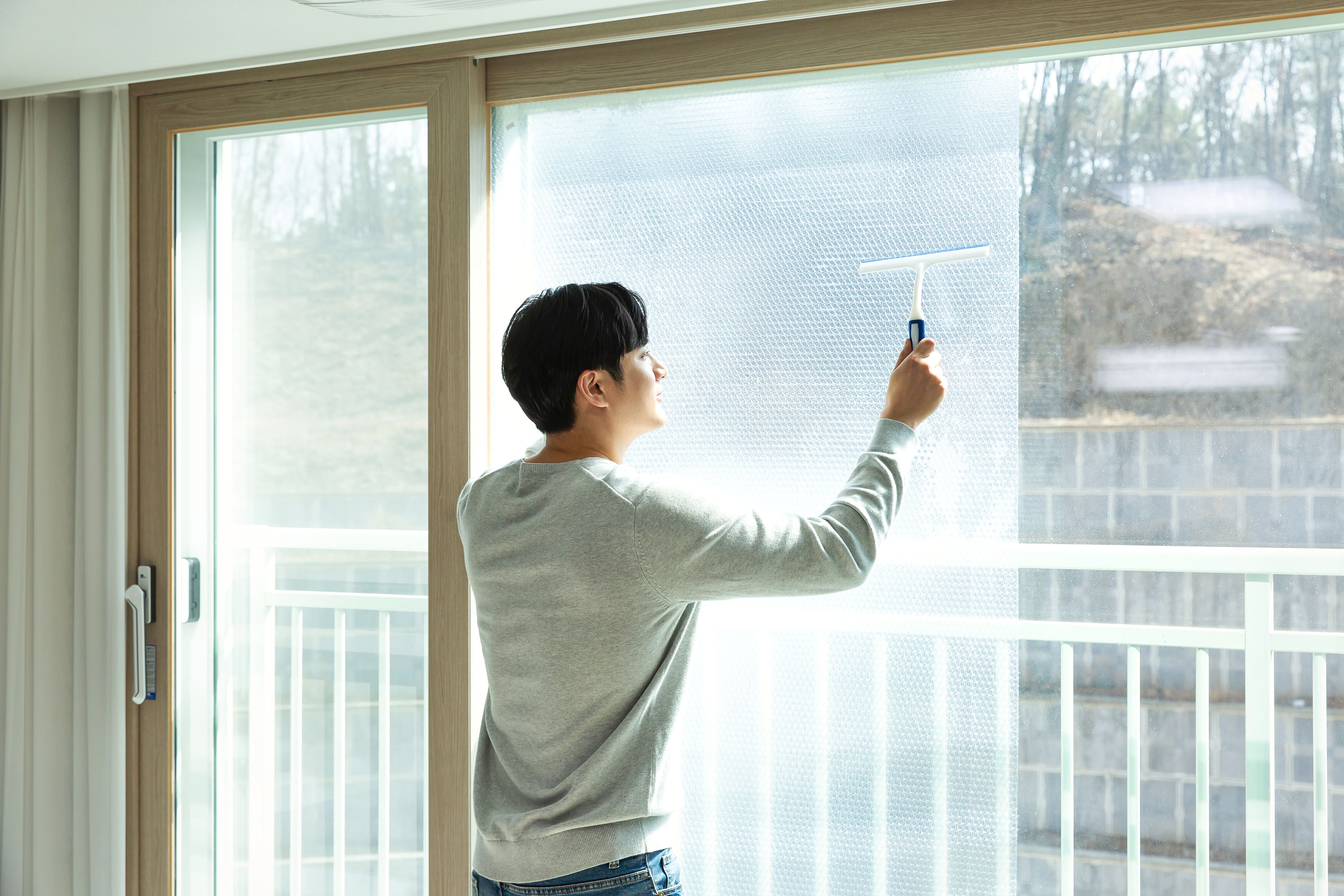
Bubble wrapping windows — could this hack really stop you reaching for the thermostat this winter? Or is the idea just a load of hot air? Homeowners trying to keep their heating turned firmly off for longer this winter might be curious about whether certain draught proofing ideas can help.
Anything from using bubble wrap on your windows to putting a balloon up your chimney have been touted as cheap, easy ways to save on heating bills. But how many of these energy saving tips actually work?
The idea is to stop cool air from outdoors making its way into your home, while still allowing solar heat gain through your windows. We gave some draught proofing hacks a go to see how easy they were to add to your home, how much they cost and if they did anything to keep the temperature of your home nice and snug.
1. Draught proof by bubble wrapping windows
Insulating your windows can apparently reduce the heat loss in your by 50%, according to figures sent to us by Bed Kingdom.
A window insulator can be bought online or from a hardware shop for around £10-£20 each. These are essentially large pieces of plastic to put across your window in a similar way to secondary glazing. If installed well, it is said to reduce your energy bill by up to 20%.
The cheap alternative to this is bubble wrap, which can be bought in 1 metre wide 30 metre long rolls for just over £30. Bed Kingdom advises cutting this to size for your windows and misting it with water from a spray bottle to stick to your glass. It claims this will reduce heat loss by up to 50% on a single pane window and 20% on a double pane window.
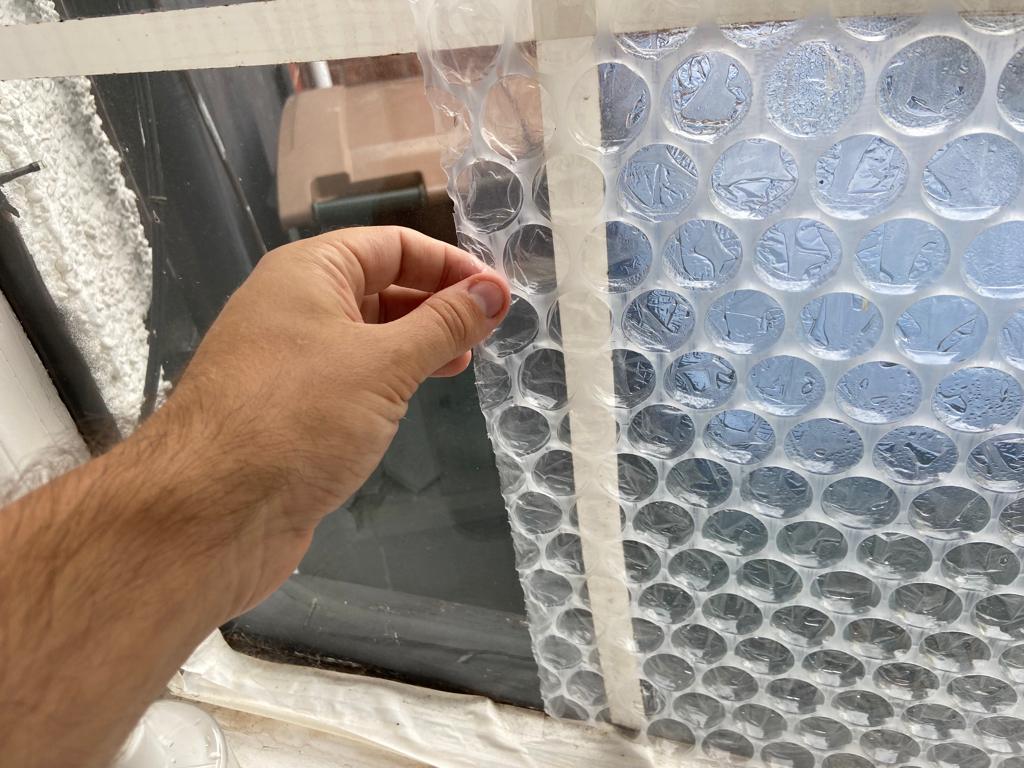
News Editor Jack Woodfield also trialled introducing bubble wrap to the windows of his Victorian semi and found the hack instantly helped to reduce draughts.
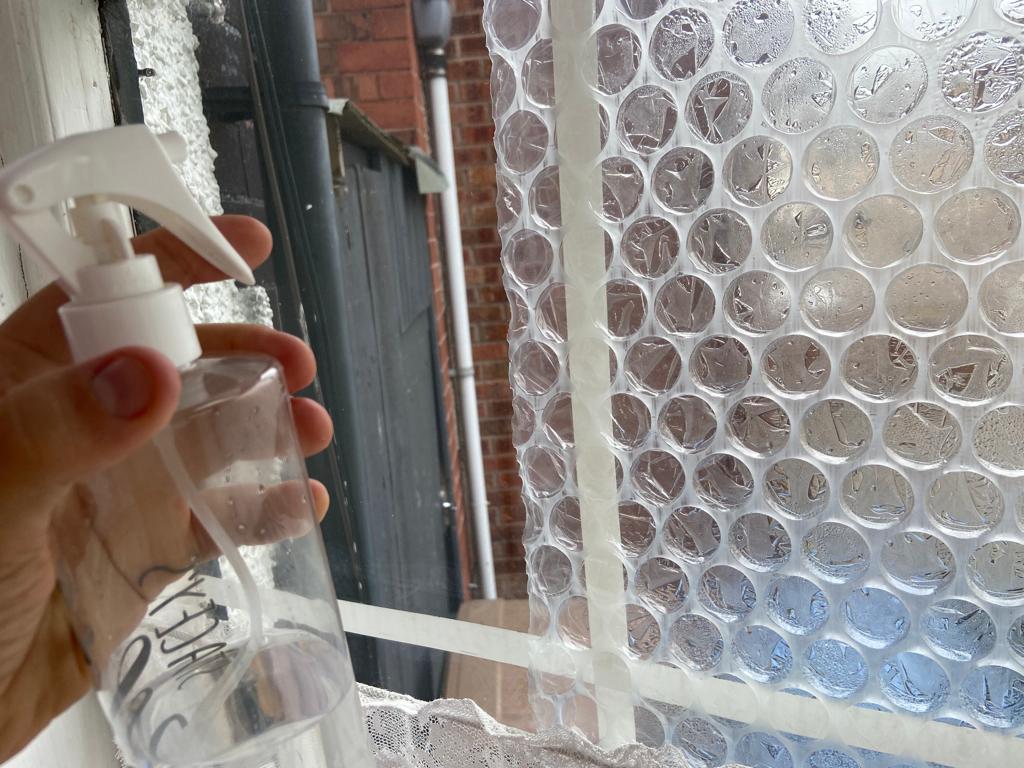
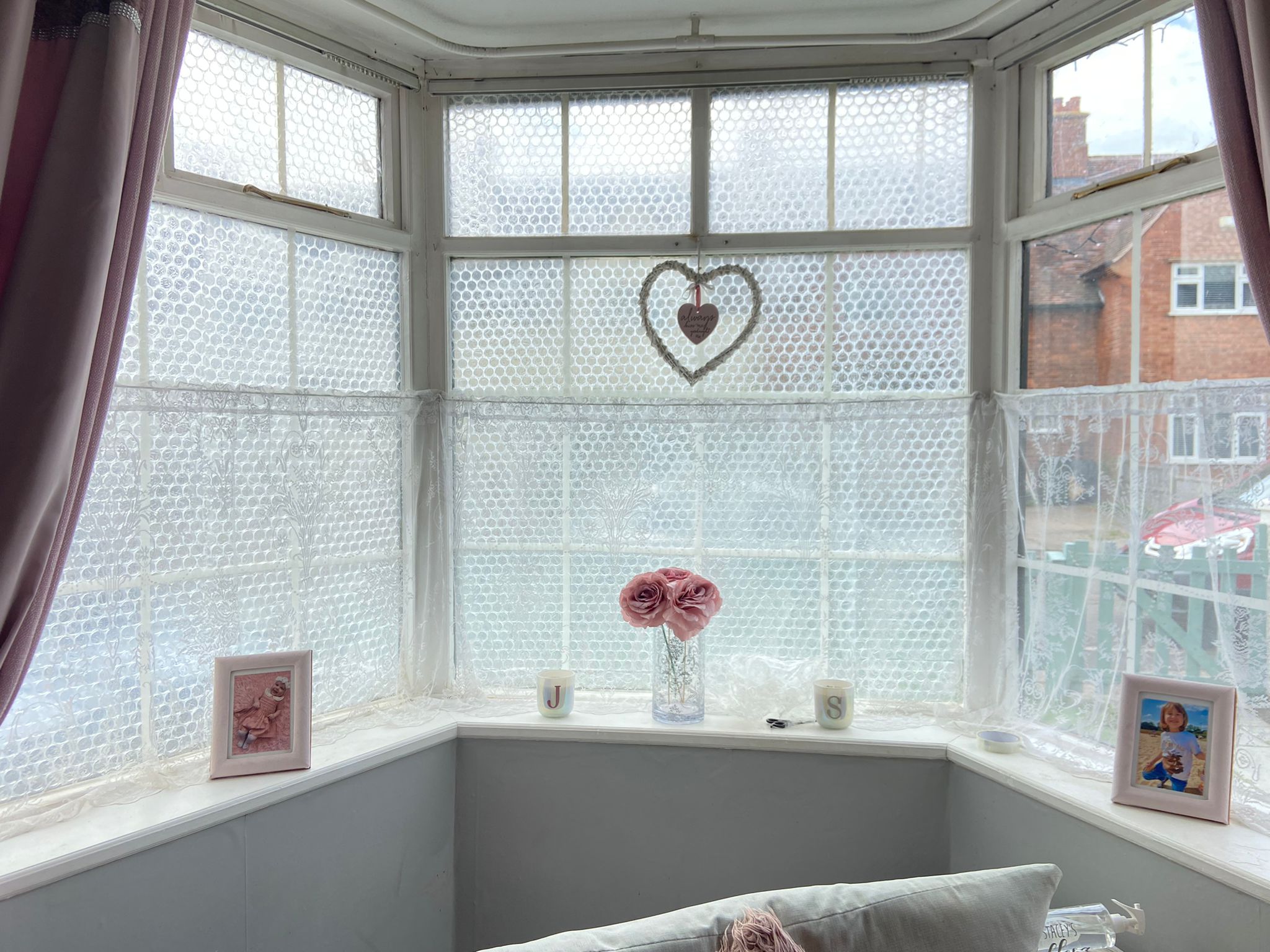
Does draught proofing windows with bubble wrap work?
I haven't had a chance to repair or upgrade the single-glazed sash windows in my property and they have huge gaps where I can feel cool air coming in. I plan to fix these in the future but budget and time has put this on the back-burner, probably until next year.
Bring your dream home to life with expert advice, how to guides and design inspiration. Sign up for our newsletter and get two free tickets to a Homebuilding & Renovating Show near you.
The bubble wrap hack sounded great as a temporary fix so I rushed down to Screwfix to buy myself a 30 metre by 1 metre wide roll of the stuff. It was sold out (are others doing the same?), so I had to make do with a roll half the width for around the same price from Argos. I've since found Amazon do a 1 metre by 100 metre roll for only £28 which probably would've been better.
I have six panes per window in just four of my home's windows, so while I tried cutting out a pane-sized piece and sticking it onto each individual pane of glass, this was totally not worth the effort for me so I used masking tape instead to cover the entire window with bubble wrap (three overlapping sheets due to lack of width).
This did work to impressive effect. Prior to doing it, I could feel the draught and afterwards, nothing — and the space next to the window was noticeably warmer. Time will tell if it means I can keep the heating off for longer but my home is currently reading a comfortable 17 degrees when a couple of days ago this had dipped to 15.5 degrees.
One thing I would add, however is that the bubble wrap looks terrible. My partner, on returning home to find the windows bubble wrapped, said the house now "resembles a squat" and to be fair, I couldn't disagree with him.
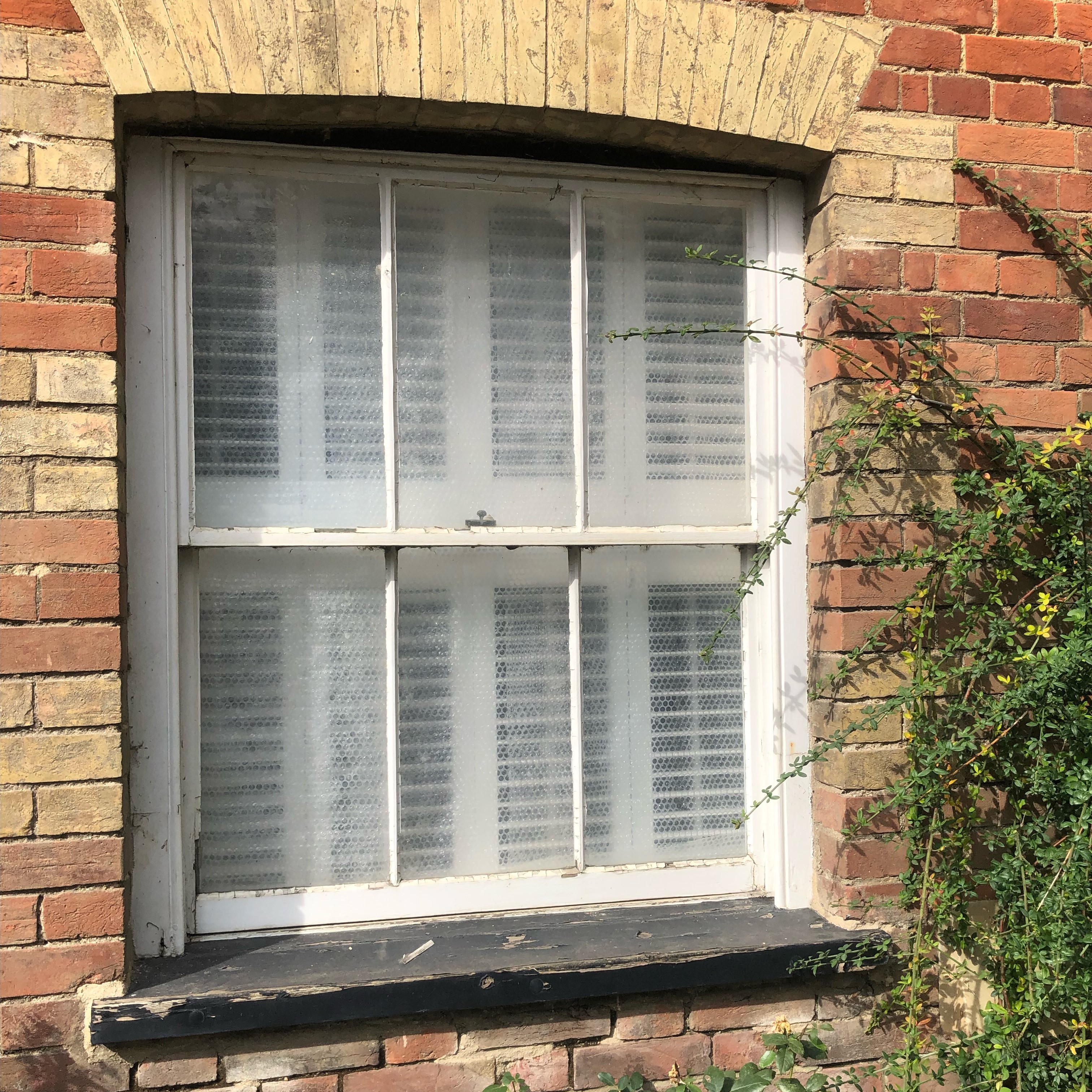
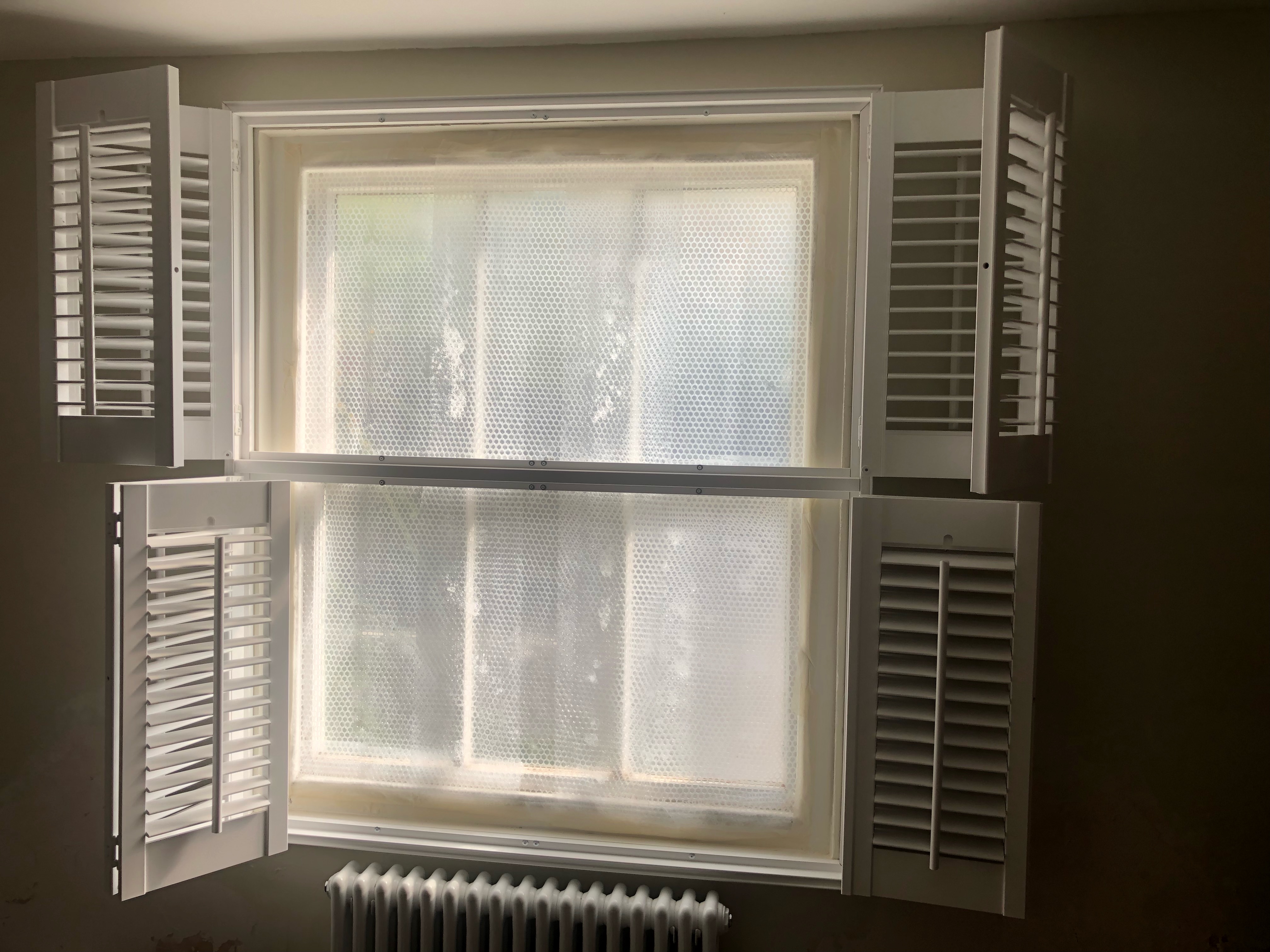
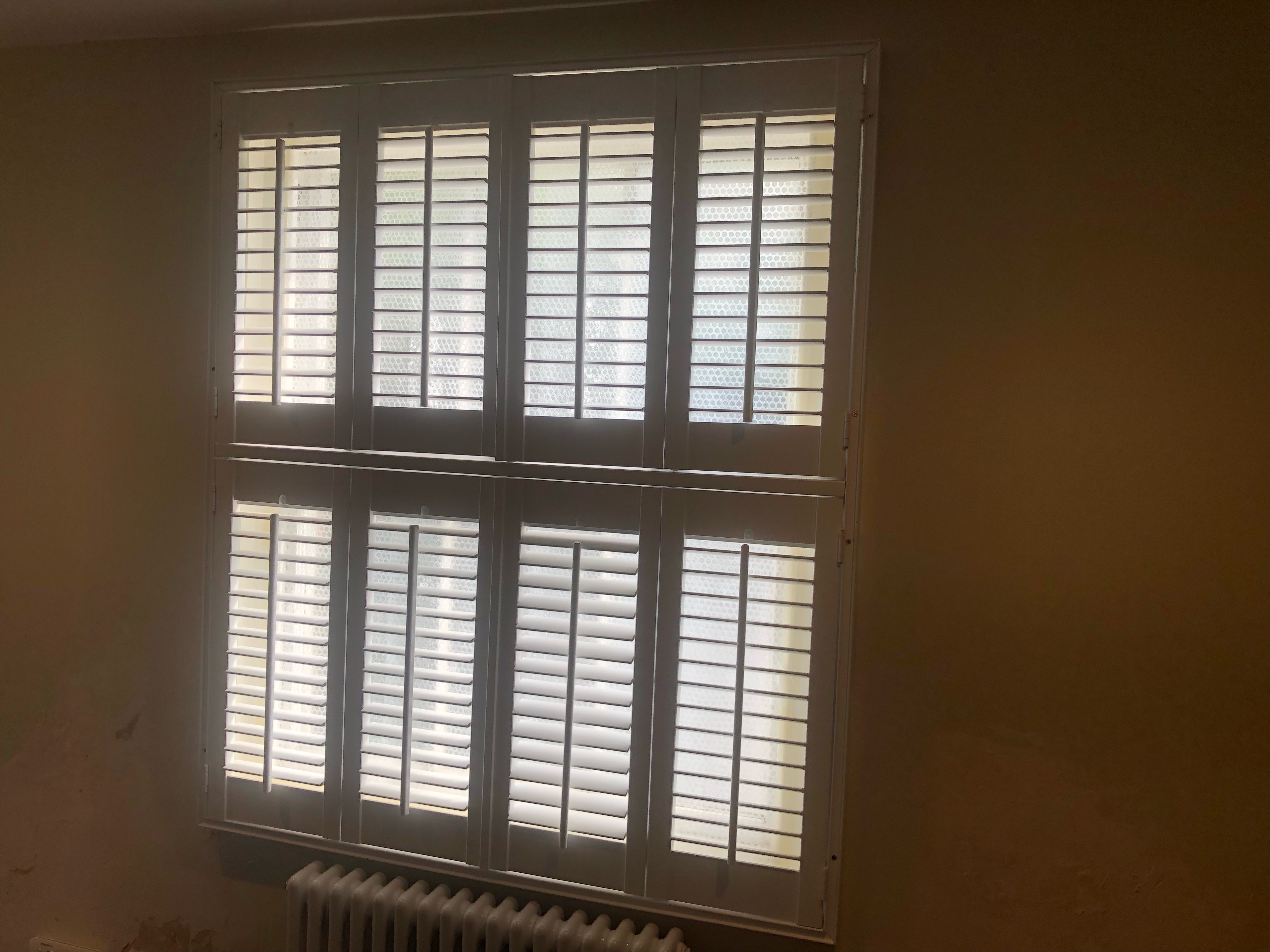
2. Sealing your door frame with foam tape
A common cause of draughts is from your exterior door frame, where the existing seal isn't quite enough. Heat can leak out of the gaps so blocking this heat from escaping sounds like a no-brainer, and the recommended 'hack' is to buy excluding tape to seal the air leaks.
Does using foam excluder tape on doors work?
I can give this one a huge thumbs up. I recently bought a cheap second-hand oak front door. This looked great but after it was fitted, I found there was a tiny gap where I could see daylight on one side. This was fine in the summer months, but now the cooler weather is coming, there is a noticeable draught.
I bought Stormguard's two pack of extra thick weatherstrip in brown (around £9 on Amazon) and stuck it all the way around my door frame, just inside where the existing waterproofing seal sat. Once fitted, which was quick and easy, I had a bit of trouble closing the door and the strips came unstuck in places but once closed (you have to squash down the foam), it has completely eradicated the draught, which is worth the minor hassle.
You can also get the same weatherstrip in white from Amazon.
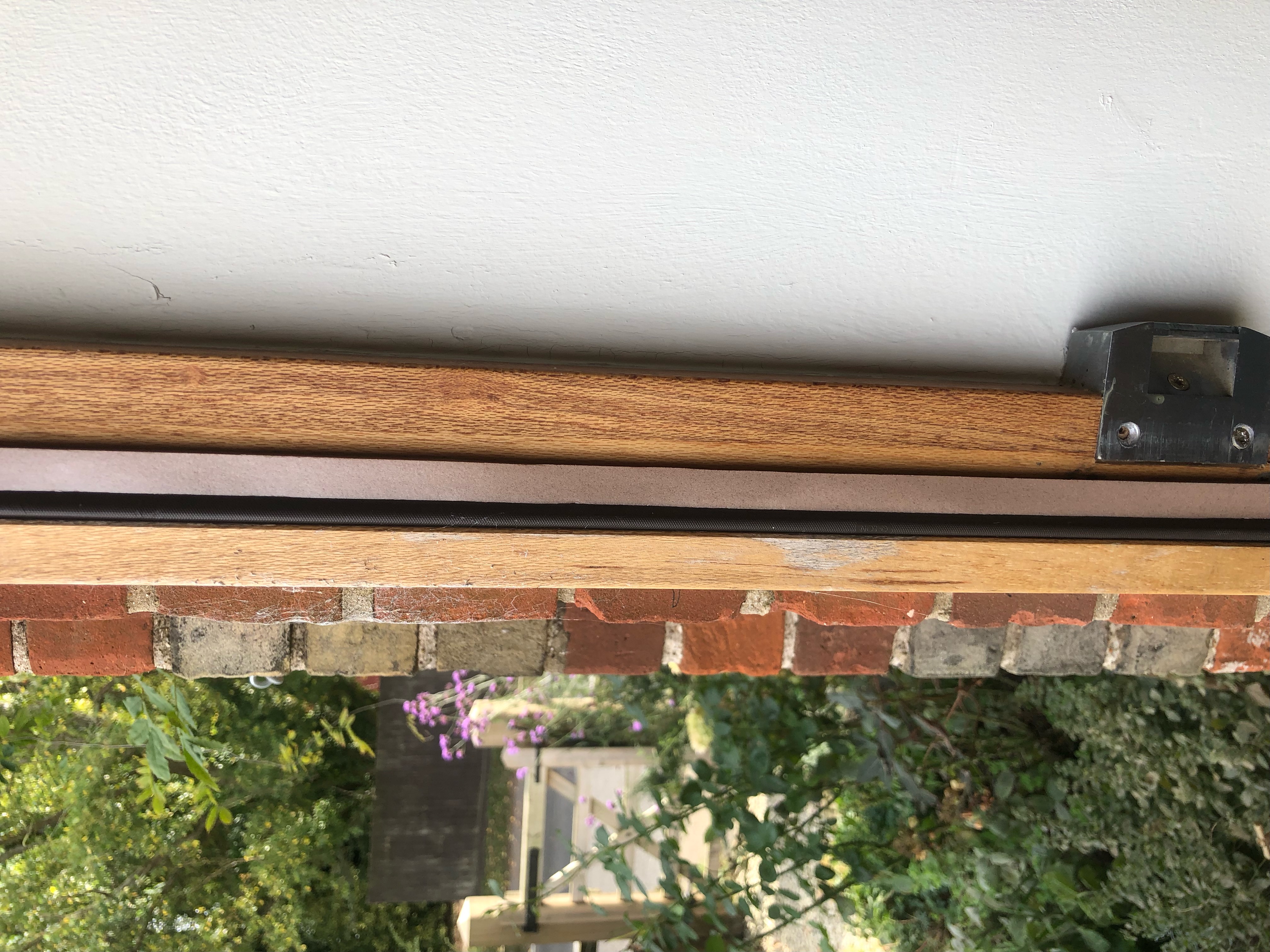
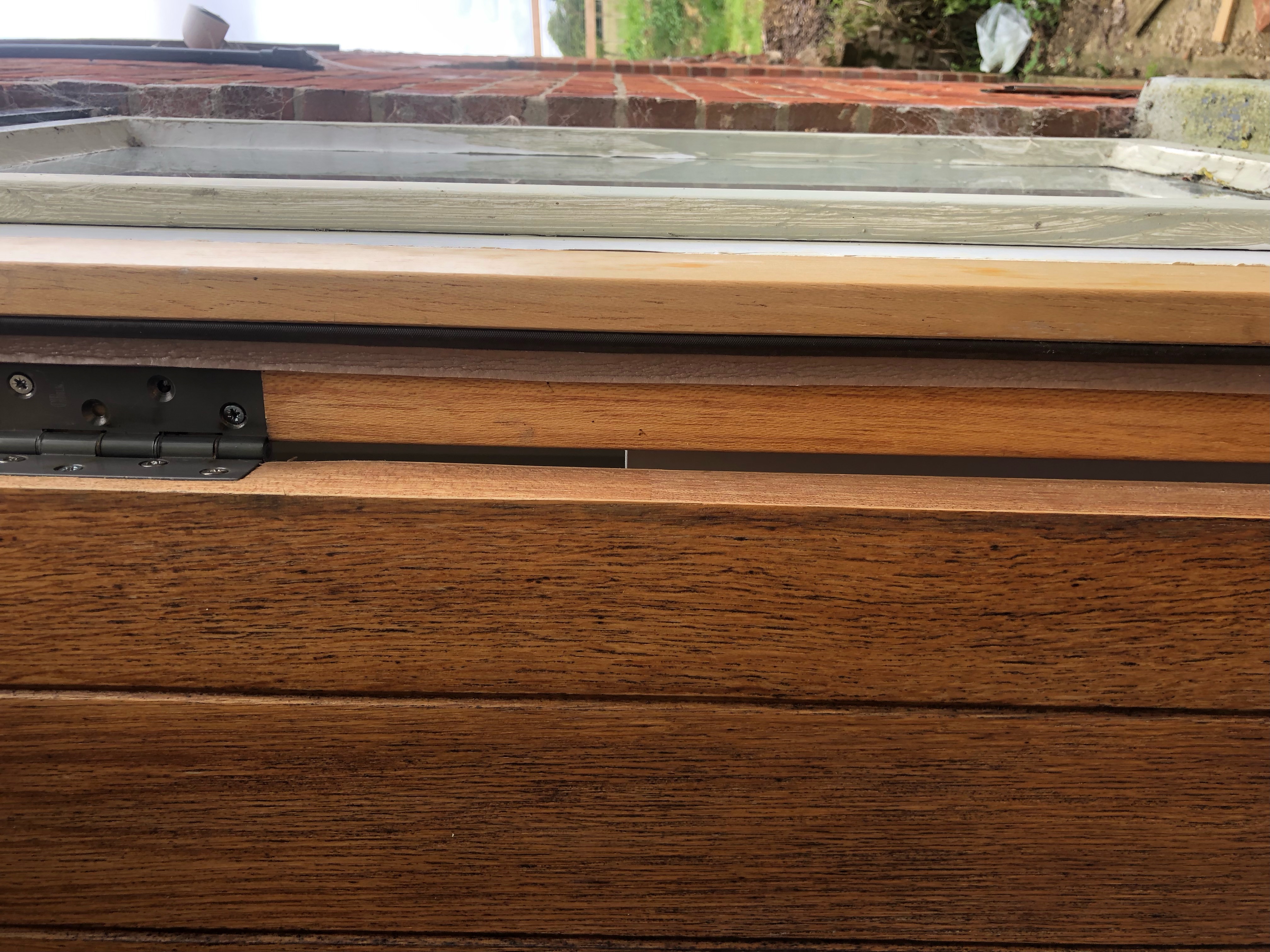
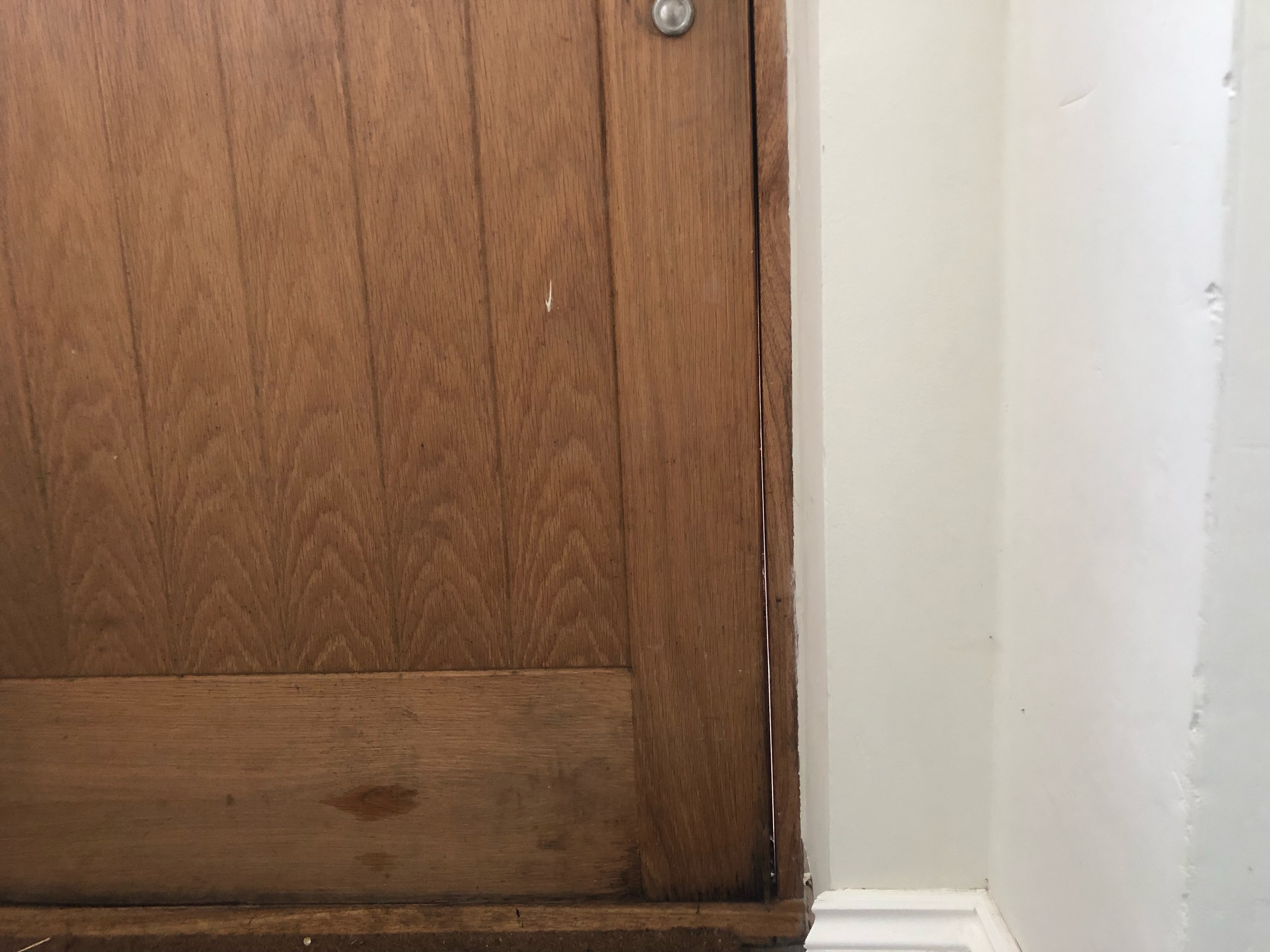
3. Using Xmas roll and tights as a draught stopper
A simple draught proofing hack is to get two tubes of paper roll – from Christmas wrapping paper for example – and an old pair of tights. Cut one of the legs off the tights and feed both tubes inside it, one on one side of the internal door, the other on the other side. This will exclude draughts from your room for free.
You can of course also just use old towels or blankets to stop draughts under internal doors.
Does using Xmas roll and tights work?
I have to admit that I don't tend to bother closing my doors in my house, so draught proofing them seemed a little redundant. However, I did give it a go.
Using towels was simple enough but a pain unless you spend a lot of time in one room because, you have to move them out of the way to exit the room. It also looked messy but did technically reduce cold air coming into the room.
The Christmas roll hack was certainly curious and surprisingly effective. I was able to open and close my internal doors without having to remove and replace the draught stopper, plus it did keep cool air at bay.
As for looks, it wasn't as bad as the towels but I'd advise thick black tights rather than anything see-through. It'll only work on doors that don't have steps behind them too, which I have for two of the bedrooms in the older part of my house.
For those who don't have spare pair of tights lying around, a similar effect can be achieved with a ready-made product, like this inexpensive under door seal from Amazon.
4. Opening your blinds with the sun
This hack might sound like the beginning of a Mother Earth podcast but the theory is all about solar gain. There is a surprising amount of heat to be gained in our homes from simply opening up your curtains or blinds when the sun is beaming through. Once the sun has moved away from that spot, close them again to keep the heat inside. If implemented correctly, it is claimed this can reduce heat loss by 25%.
Does opening blinds with the sun work?
I must admit that I had already been doing this one already. I have a strong amount of sun on one side of the house in the morning, so I open up my blinds accordingly. I then shut them as the sun moves around a different side of the house.
The sun moves so slowly, it isn't too much of a faff doing so. I find it effective but closing the blinds completely means you need to switch the lights on, so there's a balance to be struck.
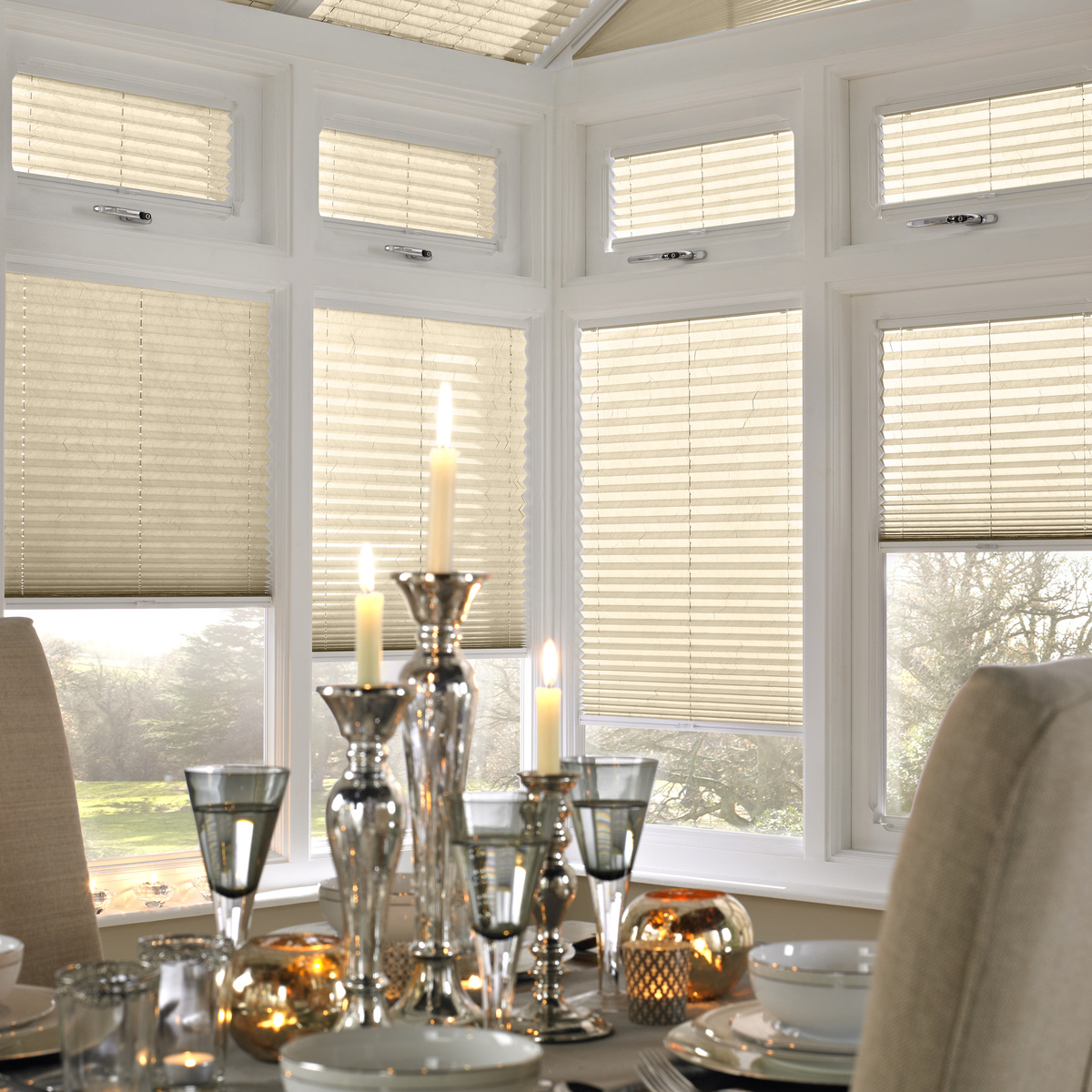
5. Using tin foil as a radiator reflector
Adding a floating shelf above a radiator is said to direct heat forward into the room rather than rising straight towards the ceiling. Meanwhile radiator reflectors are designed to stop heat being absorbed into the wall behind.
A draught proofing hack from TikTok's That Property Guy Kyle James is using tin foil behind your radiator for a cheap alternative to radiator reflectors or radiator foil to reflect heat away from the wall and back into the room.
It goes without saying that this will only work if you've given in and turned your heating on.
Do radiator reflectors work?
Do radiator reflectors work is actually a question recently investigated by Homebuilding & Renovating's Associate Editor Natasha Brinsmead. She concluded that tin foil is a waste of time as it is really fiddly but adding proper insulated radiator reflectors, which cost from around £21 each, can be effective but it does depend on how well insulated your home is to start.
Radiators reflectors are most effective on radiators positioned on external walls. On a home built pre-1976 reflectors can save you as much as £2.75 per radiator. She didn't test out radiator shelves, so whether these work or not is still a mystery.
6. Buy a radiator key to bleed your radiators
Not so much of a hack, more good household maintenance, but bleeding your radiators is the smart thing to do each year. Air inside radiators makes your heating system inefficient because your boiler has to work harder.
A radiator key only costs around £1.30 so it's worth the effort. Here's our guide on how to bleed a radiator if you need a refresher. We didn't need to test this one out as it definitely works and is well worth doing.
It's worth mentioning that keeping your wet clothing off radiators will help them work more efficiently too.
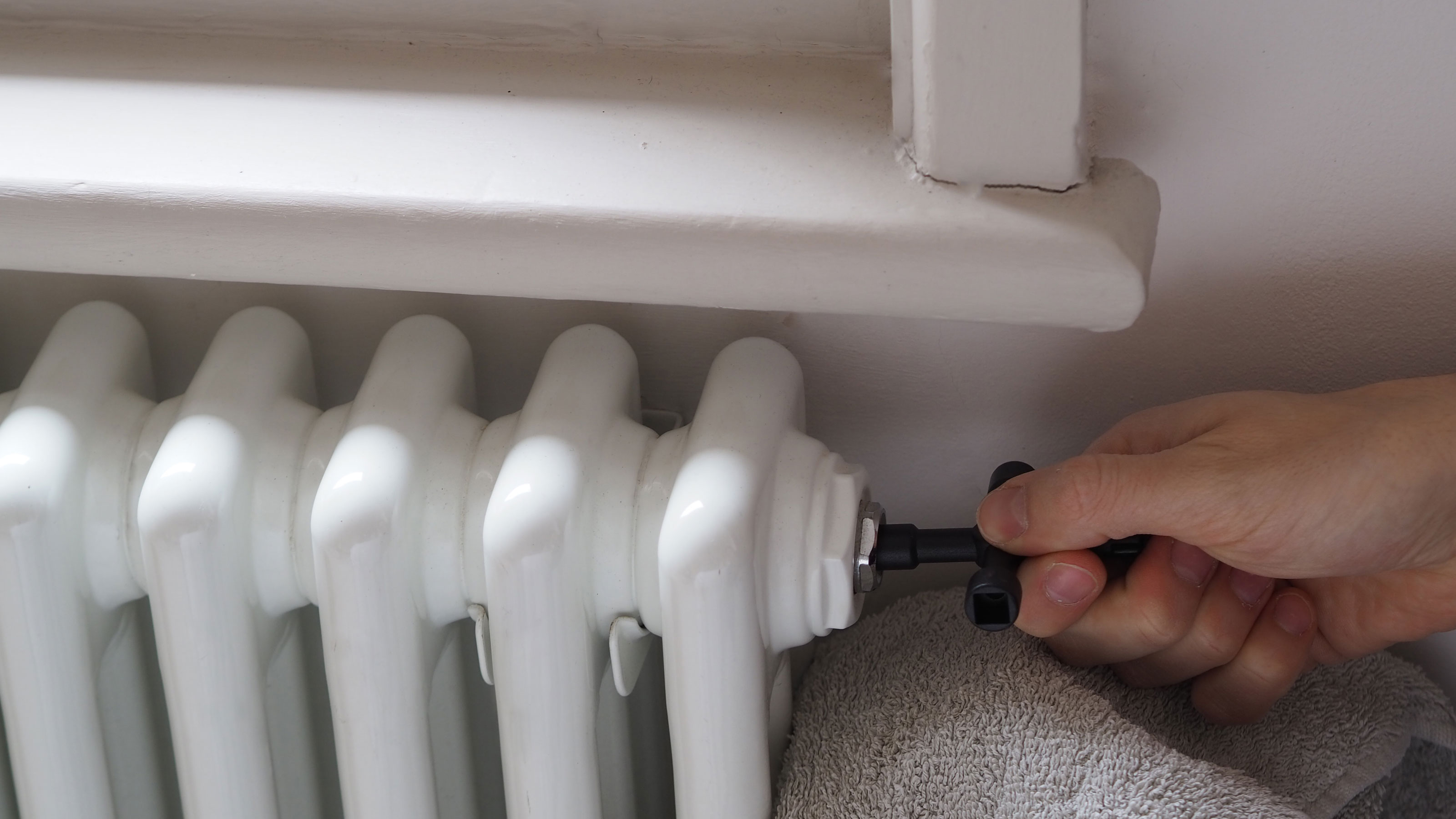
7. Feng Shui your household furniture
Feng Shui is all about energy and letting it move around a room, in a similar way that you want heat to be able to move around a room to heat it.
If you've jammed too much furniture into your home you could be stopping that heat moving around your rooms, especially if you have any items right up against a radiator.
By rearranging your furniture so that large items such as beds, sofas or wardrobes have at least one foot of distance between their position and a radiator, you apparently could save as much as 10% on your energy bills, according to Bed Kingdom.
Rearranging your bedroom so that your bed is against an internal wall rather than an external wall or near a window will help keep you warm at night too, they claim, as well as upgrading the tog rating of your duvet.

Amy spent over a decade in London editing and writing for The Daily Telegraph, MailOnline, and Metro.co.uk before moving to East Anglia where she began renovating a period property in rural Suffolk. During this time she also did some TV work at ITV Anglia and CBS as well as freelancing for Yahoo, AOL, ESPN and The Mirror. When the pandemic hit she switched to full-time building work on her renovation and spent nearly two years focusing solely on that. She's taken a hands-on DIY approach to the project, knocking down walls, restoring oak beams and laying slabs with the help of family members to save costs. She has largely focused on using natural materials, such as limestone, oak and sisal carpet, to put character back into the property that was largely removed during the eighties. The project has extended into the garden too, with the cottage's exterior completely re-landscaped with a digger and a new driveway added. She has dealt with de-listing a property as well as handling land disputes and conveyancing administration.
